Your cart is currently empty!
Author: admin
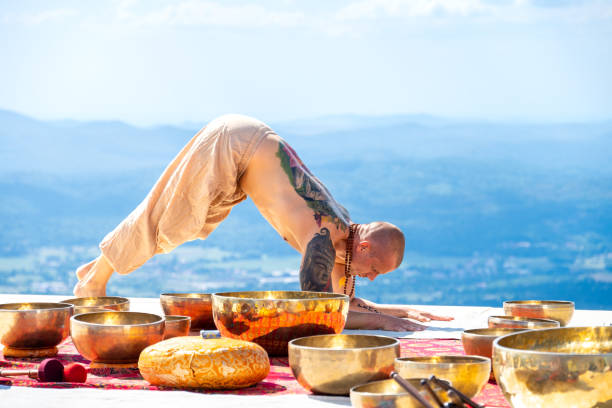
Yoga in Nepal: A Spiritual Journey to the Himalayan Kingdom
Introduction:
Nestled in the lap of the majestic Himalayas, Nepal is renowned for its breathtaking landscapes, rich cultural heritage, and spiritual traditions. Among the various treasures, this enchanting country holds, yoga stands out as a profound practice that has captivated people from around the world. From serene monasteries to vibrant yoga retreats, Nepal offers a unique and transformative experience for yogis seeking to deepen their practice and connect with their inner selves. In this article, we will delve into the realm of yoga in Nepal and explore the remarkable opportunities it presents for spiritual growth and self-discovery.

The Origins of Yoga in Nepal:
Yoga has a long-standing history in Nepal, deeply rooted in the ancient Vedic traditions. The practice of yoga can be traced back thousands of years, with its foundations laid down in the sacred texts such as the Upanishads and the Bhagavad Gita. Nepal, being the birthplace of Lord Buddha and home to many enlightened yogis, holds a special significance in the yogic world. The country’s serene environment, coupled with its spiritual energy, provides an ideal setting for those seeking to embark on a yogic journey.
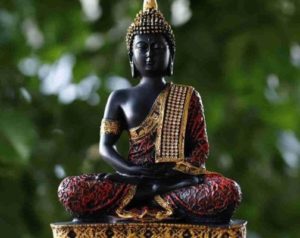
Yoga Ashrams and Retreats:
Nepal boasts an array of yoga ashrams and retreat centers that cater to practitioners of all levels, from beginners to advanced yogis. These centers offer a variety of yoga styles, including Hatha, Ashtanga, Kundalini, and Vinyasa, taught by experienced and knowledgeable instructors. Whether nestled in the peaceful hills of Kathmandu Valley or perched high in the mountains of Pokhara, these retreats provide a serene atmosphere conducive to self-reflection, meditation, and rejuvenation. Participants have the opportunity to immerse themselves in daily yoga classes, meditation sessions, and pranayama practices, all while surrounded by Nepal’s awe-inspiring natural beauty.
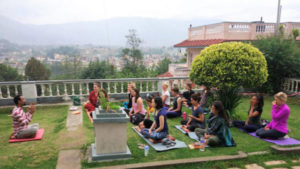
Yoga in the Himalayas:
For many, the ultimate yoga pilgrimage in Nepal is a journey to the Himalayas. The Himalayan range, with its towering peaks and serene valleys, is regarded as the abode of spiritual wisdom. The sacred energy that permeates these mountains is believed to amplify the effects of yoga and meditation practices. Treks to renowned destinations such as Everest Base Camp, Annapurna Circuit, and Langtang Valley provide yogis with an opportunity to blend adventure and spirituality. Along the trails, there are monasteries, caves, and sacred sites where practitioners can engage in meditation, practice yoga, and learn from seasoned gurus.


Yoga and Spiritual Tourism:
Nepal has witnessed a surge in spiritual tourism, with an increasing number of travelers seeking a holistic experience that goes beyond mere sightseeing. Many visitors are drawn to the country’s spiritual heritage, and yoga plays a significant role in their journey. The ancient city of Kathmandu, with its UNESCO World Heritage Sites, offers an immersive cultural experience alongside yoga. From the bustling streets of Thamel to the tranquil ambiance of the Boudhanath Stupa, one can find a plethora of yoga studios, meditation centers, and spiritual retreats to explore.

The Benefits of Yoga in Nepal:
Engaging in yoga practices in Nepal can have profound benefits for both the body and mind. The tranquil environment, fresh mountain air, and stunning landscapes provide a conducive backdrop for inner healing and self-discovery. Yoga helps practitioners find balance, reduce stress, increase flexibility, and enhance overall well-being. Additionally, Nepal’s spiritual heritage and the wisdom of its yoga teachers can inspire profound personal transformations and spiritual growth.

Conclusion:
Nepal, with its awe-inspiring natural beauty and spiritual heritage, is an ideal destination for yoga enthusiasts and spiritual seekers alike. The country offers a unique blend of yoga retreats, ashrams, and treks in the heart of the Himalayas, creating an unparalleled opportunity for self-reflection and transformation. Through the practice of yoga in Nepal, one can embark on a profound journey of self-discovery, connect with ancient wisdom, and immerse themselves in the serene energy of the Himalayan kingdom. Whether you are a novice or an experienced practitioner, Nepal awaits you with open arms, ready to guide you on a spiritual voyage of a lifetime.
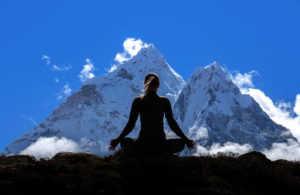
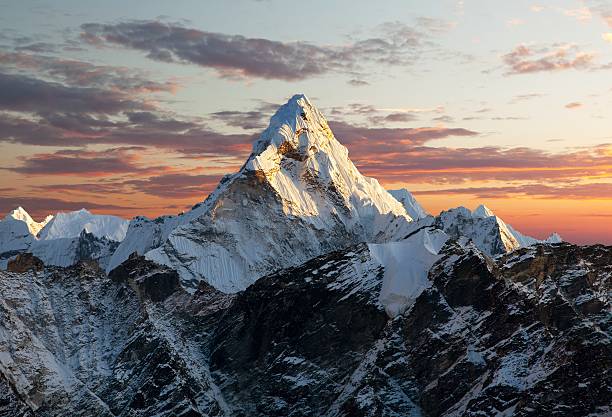
Mount Everest: A symbol of perseverance, inspiration and limitless possibilities
Introduction
Everest Day is a day to celebrate the human spirit of adventure and the triumph of human achievement. On May 29th, we commemorate the first successful ascent of Mount Everest by Sir Edmund Hillary and Tenzing Norgay in 1953. This day is a reminder that anything is possible if we set our minds to it and never give up on our dreams.

The Significance of Everest Day
The first ascent of Mount Everest was a huge achievement. It took years of planning, preparation, and hard work. Sir Edmund Hillary, a New Zealand mountaineer, and Tenzing Norgay, a Sherpa guide from Nepal, set out to conquer the peak on May 26, 1953. After several days of arduous climbing, they finally reached the summit at 11:30 am on May 29th. This remarkable feat not only changed the course of mountaineering history but also inspired countless individuals to test their own limits and embrace the call of adventure.

The Grandeur of Everest
Towering at an awe-inspiring height of 8,848.86 meters (29,031.7 feet), Mount Everest is nestled in the Himalayan range, straddling the border between Nepal and China (Tibet). Its majestic presence and challenging terrain have captivated mountaineers worldwide, making it the ultimate test of human endurance.

Everest Day Celebrations
On Everest Day, various events and ceremonies are held in Nepal and around the world to honor the achievement of Hillary and Norgay. These include cultural programs, mountaineering exhibitions, photography displays, and storytelling sessions by experienced climbers. In recent times, virtual events and webinars have become a popular way to celebrate Everest Day, allowing people from diverse backgrounds to come together and share their experiences, knowledge, and insights on mountaineering and adventure.The Spirit of Adventure
Mount Everest has witnessed countless tales of triumph, resilience, and camaraderie. From record-breaking expeditions to tales of personal growth, the mountain serves as a metaphor for the human spirit’s boundless potential. While reaching the summit of Everest is undoubtedly a momentous achievement, the true essence of adventure lies not only in conquering the peak but also in the journey itself. The lessons learned, the friendships forged, and the connection with nature are equally transformative.

Everest and Environmental Conservation
In recent years, there has been growing concern about the environmental impact of mountaineering on Mount Everest. One of the most significant challenges is the accumulation of waste, including human waste, food packaging, and equipment left behind by climbers. Efforts have been made to manage waste through strict regulations and improved waste disposal systems. Climbers are now required to carry back their own waste and leave no trace behind.
Another challenge is the impact of climate change on the mountain. The glaciers are melting at an alarming rate, and this is causing problems for both climbers and the local environment. Sherpas are also at risk from the effects of climate change, as they are the ones who live and work in the mountains.
There are a number of things that can be done to address the environmental challenges facing Mount Everest. Governments, mountaineering organizations, and climbers all have a role to play. By working together, we can help to protect this iconic mountain for future generations.
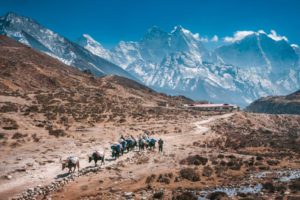
Conclusion
On this Everest Day, let’s set our sights on our own personal Everests. Let’s dream big and never give up on our dreams. Let’s embrace the call of adventure and explore the world around us. And let’s never forget that the greatest journeys often begin with a single step.

Remember, the greatest journeys often begin with a single step.
So what are you waiting for?
Start your journey today!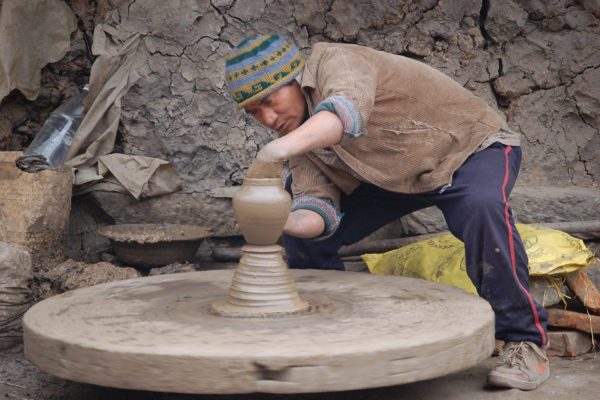
POTTERY OF NEPAL
Pottery has a long history in Nepali culture. The oldest recorded finds in Lumbini date back at least 2600 years. The sizeable ceramic water pots can be found in almost every village in Nepal which are used to collect, store and transport water. These vessels also keep water cool. Clay goods are also essential to many Hindu and Buddhist religious ceremonies. During pujas, small ceramic cups are used to hold candles and butter lamps. Traditional Newari rice wine called aila is made using a special ceramic set-up crafted just for distilling rice or millet alcohol: several clay containers of various sizes are used in conjunction with a large ceramic vessel with holes punched in the bottom. Without this special holed vessel the creation of potent aila would not be possible.
 The skills of Nepali potters have been passed on from generation to generation. Some entire families trace their heritage side by side with the occupation of pottery.The art of making clay pottery is as old as human civilization. This age-old tradition of making clay pottery still exists in our societies and still possesses strong socio-cultural values in our livelihood. Despite all influences of modernization and development, the potters of Kathmandu Valley still find their livelihood on their potter’s wheels.
The skills of Nepali potters have been passed on from generation to generation. Some entire families trace their heritage side by side with the occupation of pottery.The art of making clay pottery is as old as human civilization. This age-old tradition of making clay pottery still exists in our societies and still possesses strong socio-cultural values in our livelihood. Despite all influences of modernization and development, the potters of Kathmandu Valley still find their livelihood on their potter’s wheels. 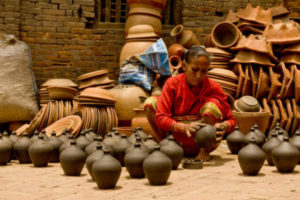 Despite the household use of pottery, it has a significant meaning to cultural and ritual affairs. From the birth ceremony to the death of people, clay pots are needed. On the fourth day of the birth of a child, “Makal” a hearth, “Pala” or “Palcha”, a small bowl shape clay pot made to light the oil lamp made with cotton thread is used. On the death of a person, “Bhajan” also known as “Handi” in Nepali, “Bhega”, a pot for curd, “Kalash” and “Ampacha”, pots for holly water are used. Every ritual needs different pottery for different purposes. Without these clay pots, the Newar culture is not complete. Interestingly, for many ritual and religious purposes, the clay pots are painted by the“Chitrakars” the painters of Newar society, and worshiped in rituals, without which no ritual is complete. Ceramics and glazing are not the part of traditional clay art of Nepal. It was not been in use til the Ceramic Promotion Project started in Bhaktapur. Though they use a natural color coat to give a smooth red finish to their products. Most of the clay craft is in terracotta in red color.Bhaktapur is one of the many such destinations, famous among tourists, for the art, culture, and tradition it holds.Besides the delicately wood-crafted palace and ancient history, it also has traditional and local art to portray to the visitors. Pottery Square in Bhaktapur is the best place to take a stroll into the pottery art that has been passed from generation to generation by the local people of Bhaktapur.
Despite the household use of pottery, it has a significant meaning to cultural and ritual affairs. From the birth ceremony to the death of people, clay pots are needed. On the fourth day of the birth of a child, “Makal” a hearth, “Pala” or “Palcha”, a small bowl shape clay pot made to light the oil lamp made with cotton thread is used. On the death of a person, “Bhajan” also known as “Handi” in Nepali, “Bhega”, a pot for curd, “Kalash” and “Ampacha”, pots for holly water are used. Every ritual needs different pottery for different purposes. Without these clay pots, the Newar culture is not complete. Interestingly, for many ritual and religious purposes, the clay pots are painted by the“Chitrakars” the painters of Newar society, and worshiped in rituals, without which no ritual is complete. Ceramics and glazing are not the part of traditional clay art of Nepal. It was not been in use til the Ceramic Promotion Project started in Bhaktapur. Though they use a natural color coat to give a smooth red finish to their products. Most of the clay craft is in terracotta in red color.Bhaktapur is one of the many such destinations, famous among tourists, for the art, culture, and tradition it holds.Besides the delicately wood-crafted palace and ancient history, it also has traditional and local art to portray to the visitors. Pottery Square in Bhaktapur is the best place to take a stroll into the pottery art that has been passed from generation to generation by the local people of Bhaktapur.  When we pick souvenirs from gift shops, we go through a confusing decision of which to select among the beautifully crafted ones. Pottery Square is the place where you can see the different stages that the raw clay goes through to mold into a detailed structure. The major citizens of Bhaktapur are the local Newars. Pottery Square is a big yard where the pottery artists are busy with their own assigned work. You see the clay spinning in the wheel and the experienced hands gracefully shaping it, on the other side, you can see the ceramics basking in the sun, and children of the family carefully moving small pots that fit in their hands to the storage area. Then finally, when the craft is dry and molded, it is taken to be painted.
When we pick souvenirs from gift shops, we go through a confusing decision of which to select among the beautifully crafted ones. Pottery Square is the place where you can see the different stages that the raw clay goes through to mold into a detailed structure. The major citizens of Bhaktapur are the local Newars. Pottery Square is a big yard where the pottery artists are busy with their own assigned work. You see the clay spinning in the wheel and the experienced hands gracefully shaping it, on the other side, you can see the ceramics basking in the sun, and children of the family carefully moving small pots that fit in their hands to the storage area. Then finally, when the craft is dry and molded, it is taken to be painted. 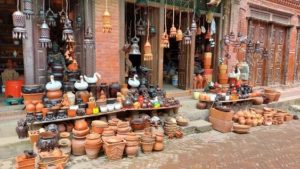 Two major temples, a solid-brick Vishnu temple, and the double-roofed jetha Ganesh may be seen in a very traditional fashion within the pottery square. A small hilltop on the northern side of the square is topped by a Ganesh shrine and a Shady Peepal tree. The men of Bhaktapur, like potters all around Nepal, use rudimentary techniques. The hefty antique wooden wheels have mostly been replaced with lighter-weighted truck tires that spin faster.Wet black clay cones are molded and smoothed into yogurt bowls, washbasins, enormous grain storage jars, and little oil lamps b skillful hands. The craftsmen have passed down this technique from generation to generation, and the majority still employ traditional methods today.
Two major temples, a solid-brick Vishnu temple, and the double-roofed jetha Ganesh may be seen in a very traditional fashion within the pottery square. A small hilltop on the northern side of the square is topped by a Ganesh shrine and a Shady Peepal tree. The men of Bhaktapur, like potters all around Nepal, use rudimentary techniques. The hefty antique wooden wheels have mostly been replaced with lighter-weighted truck tires that spin faster.Wet black clay cones are molded and smoothed into yogurt bowls, washbasins, enormous grain storage jars, and little oil lamps b skillful hands. The craftsmen have passed down this technique from generation to generation, and the majority still employ traditional methods today. 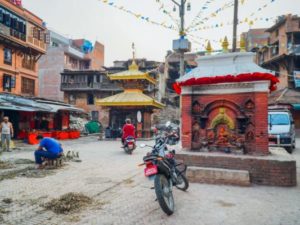
[product_embedder_blogs product_id=”13017″]
[product_embedder_blogs product_id=”1119″]
[product_embedder_blogs product_id=”1594″]
[product_embedder_blogs product_id=”1503″]
[product_embedder_blogs product_id=”1371″]
[product_embedder_blogs product_id=”13004″]






